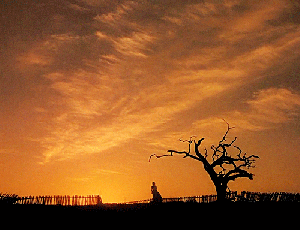In Classical Hollywood fandom, the name Louis B. Mayer tends to stir up either emotions of strong hatred or adoration. The stars under Mayer in the 1930s and 40s stood on both sides of the fence, as well – some harbored feelings for him as a fatherly figure, while others struggled with his tough negotiating style. Regardless of his favor, Mayer (alongside Samuel L. Goldwyn and hundreds of others) built a motion picture empire with “more stars than there are in the heavens” known as Metro-Goldwyn-Mayer. Before MGM touted their A-list stars, they adopted the motto “Ars Gratia Artis” or “Art for Art’s Sake.” Unless you’ve been living under a rock, I’m sure you’ve seen this phrase above Leo the Lion.
Art for Art’s Sake derives, initially, from a 19th-century arts movement called “Aestheticism” headed by a Prussian philosopher, Immanuel Kant. While I would love to bore you with a deep historical lesson on Kant’s philosophies on judgement, morality, taste, and beauty… I’ll just sum up Aestheticism in the way of Encyclopedia Britannica by stating: “art exists for the sake of its beauty alone.”

Katharine Hepburn poses for a publicity shot to promote an MGM production “The Philadelphia Story”, 1940.
I, personally, can connect to MGM’s vision of beauty in their star system because I appreciate the human aesthetic in stardom and glamour. As time moved into the 1960s, audiences began to see the practices at MGM and other studios of the era (Warner Bros., Paramount, etc.) to be less of a reflection on art and more of a formulaic scheme. It’s no surprise that times they were a-changin’, as they seem to do to satisfy the cultural need. Many people refuse to watch black and white (or even colour!) films from this era because the editing and cinematography tends to be more straightforward — don’t lie, I know some of you are out there! Regardless of the unwarranted ill feelings against “old movies” — you must admit, their motto holds a lot of truth. (And dangit, we owe a lot to their filmmaking standards… they were innovators!)
As I explained before, art fulfills a need. Despite our differences in taste or opinions of beauty, art, in its former and current states, fills a hole in our emotions and guides our perception of the world around us. I’m unsure if there is a word to describe the feeling I get when I stand in awe of architecture in downtown Amarillo or when tears well up as a particular cinematic moment grabs my heart — I only know I needed that moment for my own happiness. I am so proud to be connected to the arts through film and blogging with Panhandle PBS because art is something I believe in. Art, to me, is truly for art’s sake — make of it what you will, but art will only increase as beauty is a necessity of life.







